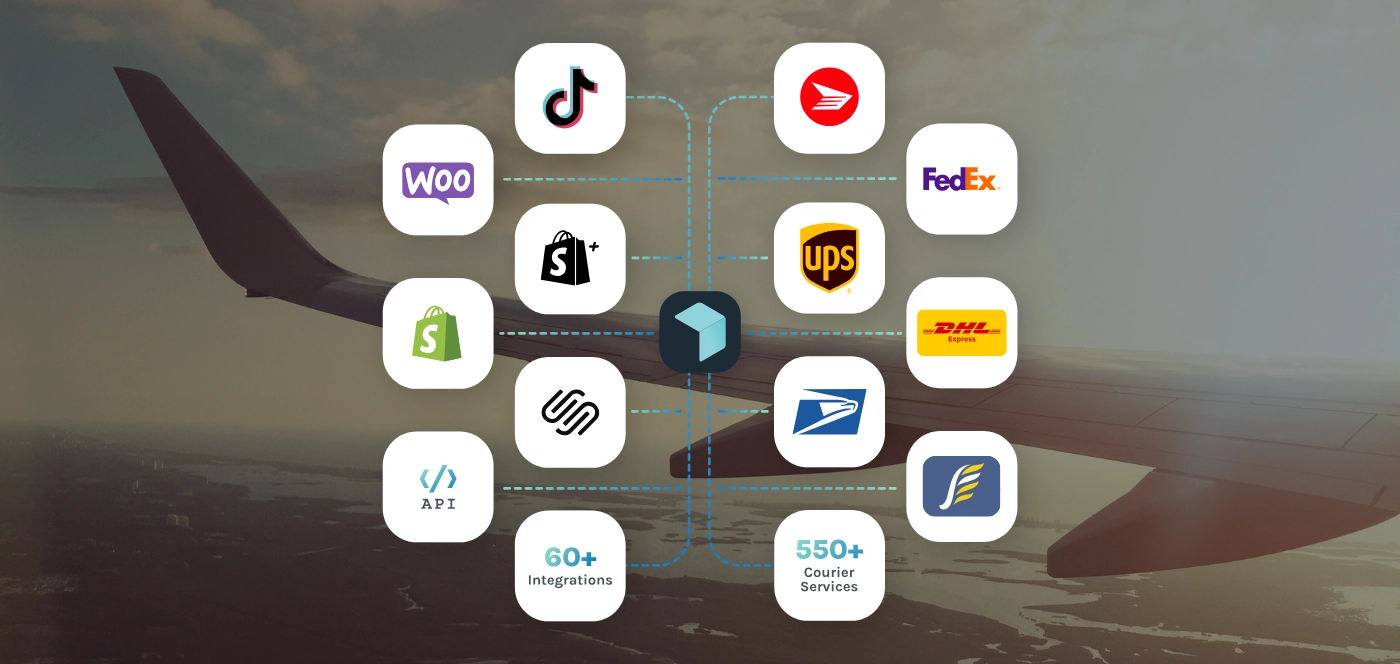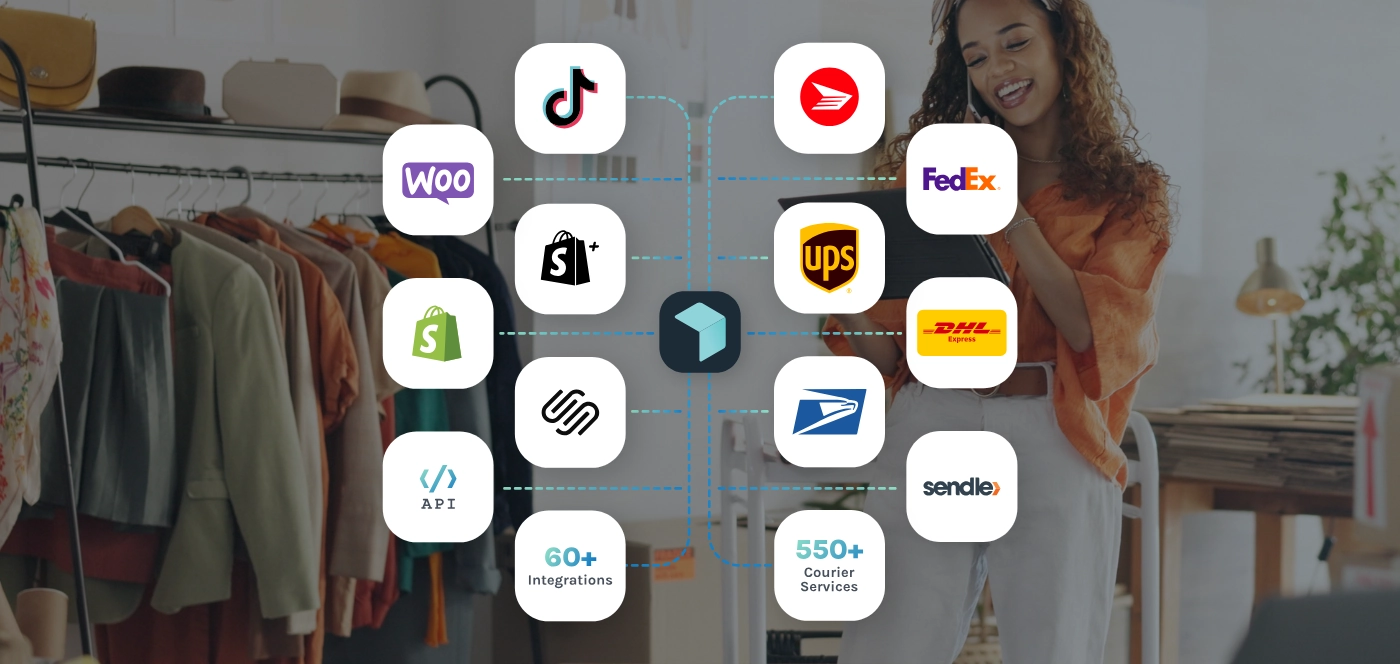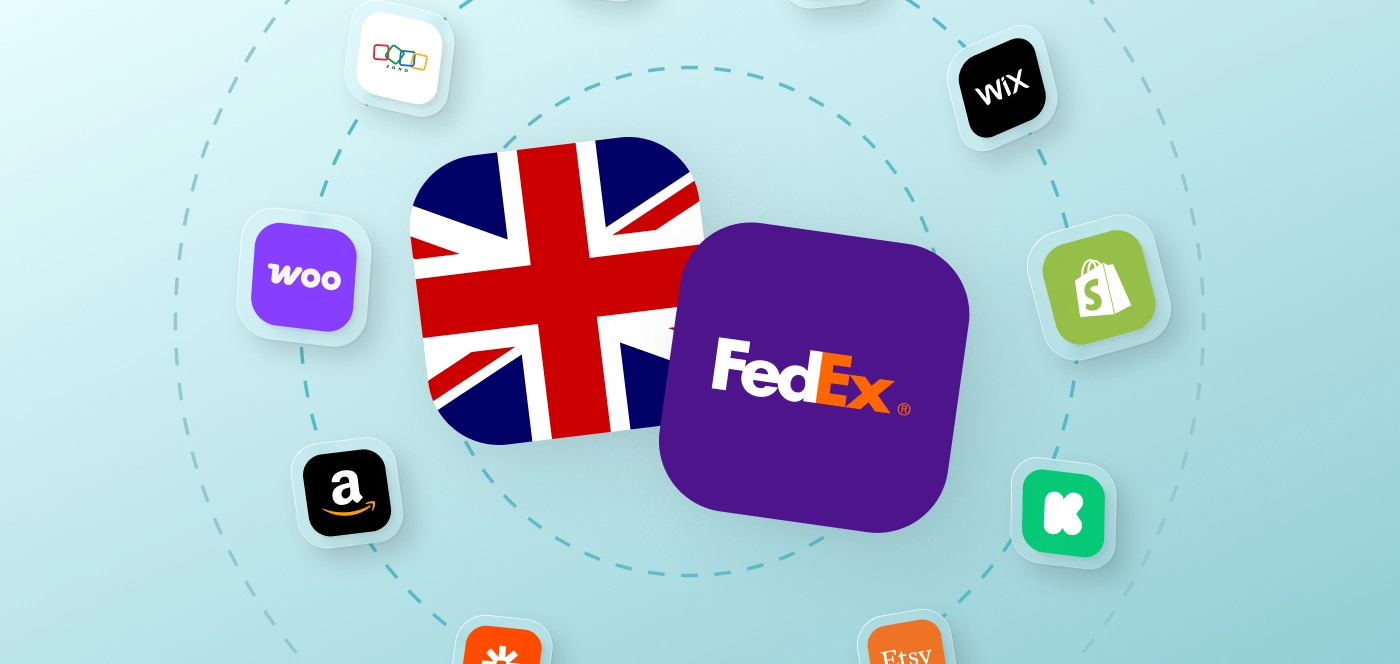This is a guest post by our partner Aspire, the 1st business neobank in Southeast Asia that offers e-commerce sellers convenience and simplicity to manage their online business within a single account.
Everyone’s going digital these days. More and more people are opting to be their own bosses, and the internet has helped boost this trend.
Starting an eCommerce business might seem easy—make a website, bring in unique products, and voila. But that’s where you’re wrong. With so many online businesses, competition is stiff. As a new business owner, you’ll be juggling marketing, customer service, tech, and administrative duties all at once.
Without the right foundation put in place, the costs of these processes might quickly become overwhelming. If you’re a fledgling eCommerce business owner, saving on your business processes will be pretty high up the priority list.
To help you out, we’ve put together some ways to save costs for your eCommerce business.
1. Build a good website
What’s a good website? A good website is usually defined as user-friendly, fast loading, and responsive. Many new business owners underestimate the benefits of a good website.
Outsourcing your website design and development to an overseas web developer is popular amongst new eCommerce entrepreneurs, and might be a way to save initial costs.
However, hiring a web developer that understands the behavior of your target audience can lead to a more effective website.
Did you know that 30% of mobile shoppers are likely to abandon their shopping carts if the experience is not optimized for mobile?
If your site isn’t optimized for both web and mobile, you’re likely to lose out in Google’s organic search rankings. This means that your webpage is unlikely to rank on the first few pages of Google. This could lead to a lack of organic traffic to your site.
A difficult-to-navigate website can also cause a higher bounce rate from your site. Keeping things clean and user-friendly can also help to streamline the user journey.
Building a good website can help to save costs for your eCommerce business by reducing updates, and increasing traffic.
2. Create a strategic marketing plan
Some popular eCommerce marketing platforms include:
- Content creation—Blog posts/ articles
- Social Media Marketing
- Influencer Marketing
- Partnerships and Referrals
Digital advertising comes in all shapes and sizes, but none is as lucrative as social media advertising. The best way to save costs on your eCommerce business is to use ‘free’ marketing platforms.
Social media platforms such as Instagram, Facebook, and Tiktok are great avenues to build your brand. Many eCommerce businesses utilize data from platforms such as Google Analytics to identify target audiences and products.
Once you’ve analyzed your metrics, you’ll be able to save costs on your business by directly marketing funds into more efficient channels.
Experiment with the different audience segmentation and keep track of your return of investments (ROI) on ad campaigns. This can help cut costs on low-performing ad campaigns and help your business focus on profit-generating marketing efforts.
3. Lookout for partners and collaborators
Remember what we said about influencer marketing and partnerships?
Forming strong relationships with similar brands or companies can be a great way to reduce marketing costs.
For example: If you’re a small eCommerce clothing business, reaching out to influencers by offering store credits for a shoutout or a post could be a good way to get your brand out there.
You could also consider collaborating with other clothing or accessory brands to feature each other’s pieces.
Leveraging on the customer base of similar brands and people can help to increase the reach of your products for a lower cost.
4. Maintain customer loyalty
Selling to an existing customer costs way less than trying to appeal to a new one. That’s why it’s important to retain customer loyalty.
There are several ways to do this: Email marketing is one. Start a monthly newsletter to update your customers on your newest products.
Alternatively, create special campaigns and loyalty discounts for existing customers. This shows that you value their support, and keep your customers interacting with the site.
Maintaining customer loyalty can also help to build your presence on social media. The goal is to have your brand be consistently shared through word-of-mouth—that’s the best form of marketing that even money can’t buy.
5. Turn to effective packaging
We know packaging is also part of branding. But over-packaging an item can lead to extra costs.
It’s common for eCommerce businesses to ‘save costs’ by using the most affordable option. Oftentimes, this might be using an oversized box for a small item.
The overuse of such packing items might not seem like much in the long run. But the excess material you could’ve saved on over the months could add up to hundreds of dollars over a year.
A tip would be to track the most popular products from your site and get packaging that fits those products.
6. Opt for effective delivery services
Since you aren’t running a brick-and-mortar store, you’ll have to engage a delivery service for your products.
Online business owners usually pick the most popular delivery services. However, this might not be ideal if you’re trying to save costs on your eCommerce business.
We recommend researching different delivery companies based on your company’s needs. This can include price per kilogram, price per item, delivery speed, and customer reviews.
No one wants to receive a smashed package. Researching the best delivery service for your business does two things. It reduces costs in the long run and helps to keep your customers happy.
7. Negotiate with suppliers
Having a good supplier-buyer relationship is a good way to clinch discounts and get your hands on the latest products.
Suppliers prioritize payment times and punctuality, and bulk orders. Usually, you’ll be able to save costs for your eCommerce business if you can work out a payment plan with your supplier. This could be a prepayment plan, which could offer you access to a 5% discount.
There are also certain freight fees you could negotiate if you’re getting your goods from overseas.
But remember, this boils down to being a reliable buyer in terms. To prove that you’re a trustworthy buyer through orders and punctual payments.
8. Pick the best payment methods
Save costs on your eCommerce business by researching the most popular payment methods.
eCommerce websites offer a host of payment methods for their customers. This could include credit card transfers, third-party processors like PayPal, and bank transfers.
As a new eCommerce business owner, consider each option's different fees and perks. Talk to your credit card merchants about the waivers and fees they might be able to provide on possible fee reductions.
Don’t forget your customers! When choosing the best payment methods, think about what are the most common payment channels used by your customers. Identifying these channels can help to save costs on dormant payment channels.
9. Save on foreign transfer fees
If you’re selling your products on a third-party website overseas, chances are you have to pay foreign transfer fees.
Foreign transfer fees on third-party websites can be costly. The money you earn from these sites will have to undergo processing out of the site, and through the transfer platform, you’ve engaged.
Sounds like a hassle? Save costs for your eCommerce business by using payment services that have low foreign exchange rates. These will help you to take advantage of the best transfer rates, making sure you get the most bang for your buck.
10. Choose a suitable business account
According to the Accounting and Corporate Regulatory Authority (ACRA) of Singapore, it is mandatory for all registered businesses to have a business account.
With tons of business account providers available, adequate research is needed to make the best decision for your company.
The fees for business accounts differ depending on the type of account you choose, and the needs of your company. If you’re a small business, choosing a business account with a high maintenance fee can be detrimental.
Learn how to save costs for your eCommerce business by picking the right business account here.
Looking for a business account that has low fees, easy to use, and transparent? We’ve got your back.
Aspire is the 1st business neobank in Southeast Asia that offers e-commerce sellers convenience and simplicity to manage their online business within a single account. Aspire Account can be opened for free within 5 minutes. Powered by Transferwise, the account offers the cheapest FX rates in the market, up to 7x cheaper than banks. The account comes with a free virtual Visa debit card with also the lowest FX fees to help sellers save on overseas inventory purchases.
In partnership with Easyship, the Aspire Corporate Card offers businesses a 5% cashback for all their online marketing or SaaS (software-as-a-service) spend for the first 3 months:
The virtual Aspire Corporate Card is free and available within the Aspire Business Account. No monthly fees, minimum deposit, or minimum balances. Aspire is here to help eCommerce businesses like yours save costs. Start making those spending into savings! Find out more.















































.svg)
.svg)






.avif)
.avif)

.avif)
.avif)


.avif)


.avif)










.avif)
.avif)



.avif)
.avif)


.avif)
.avif)


.avif)



.webp)







.svg)





